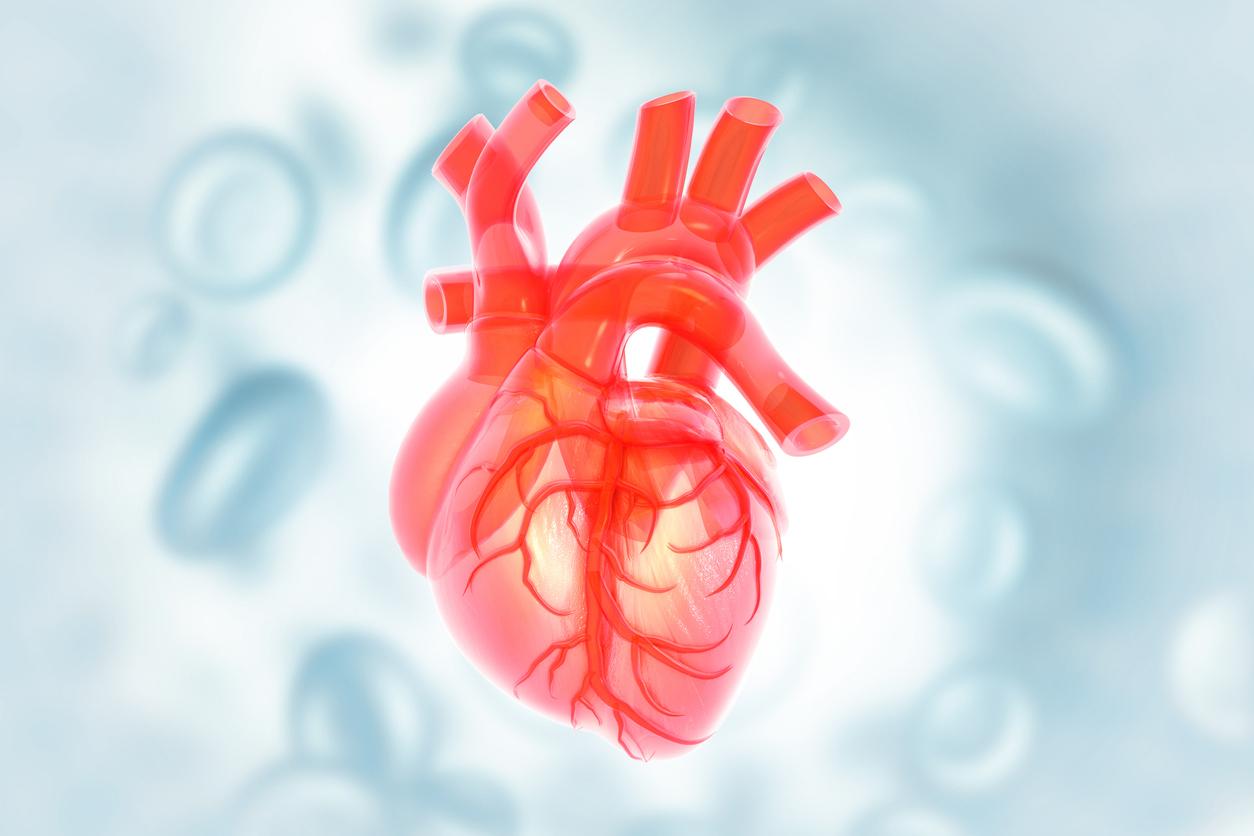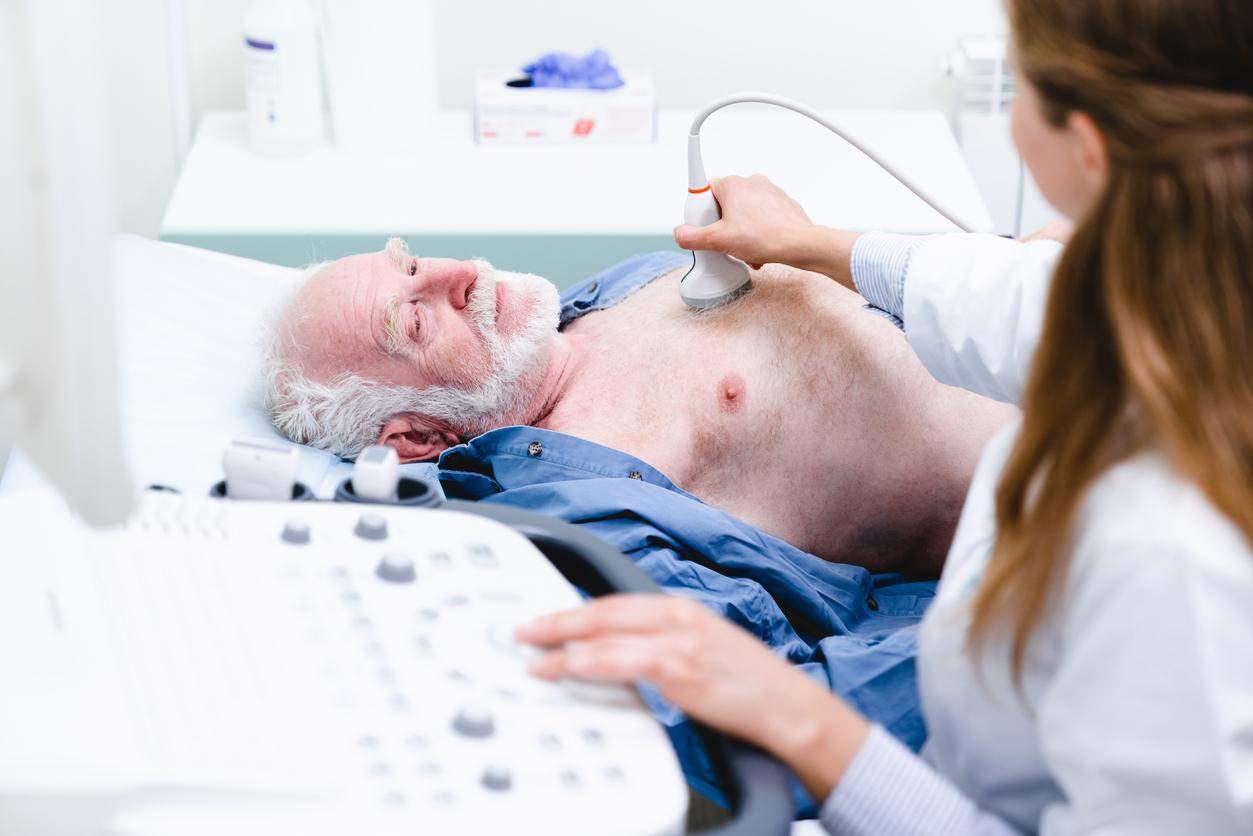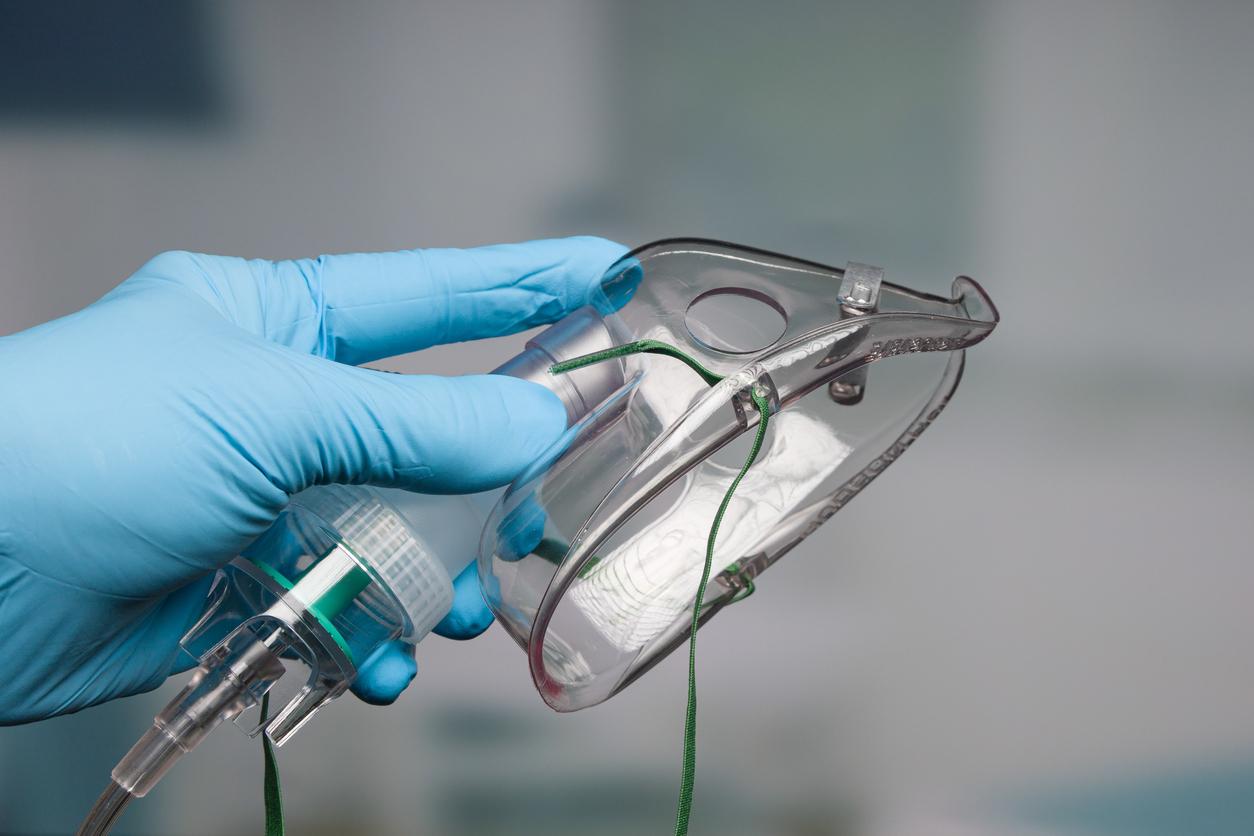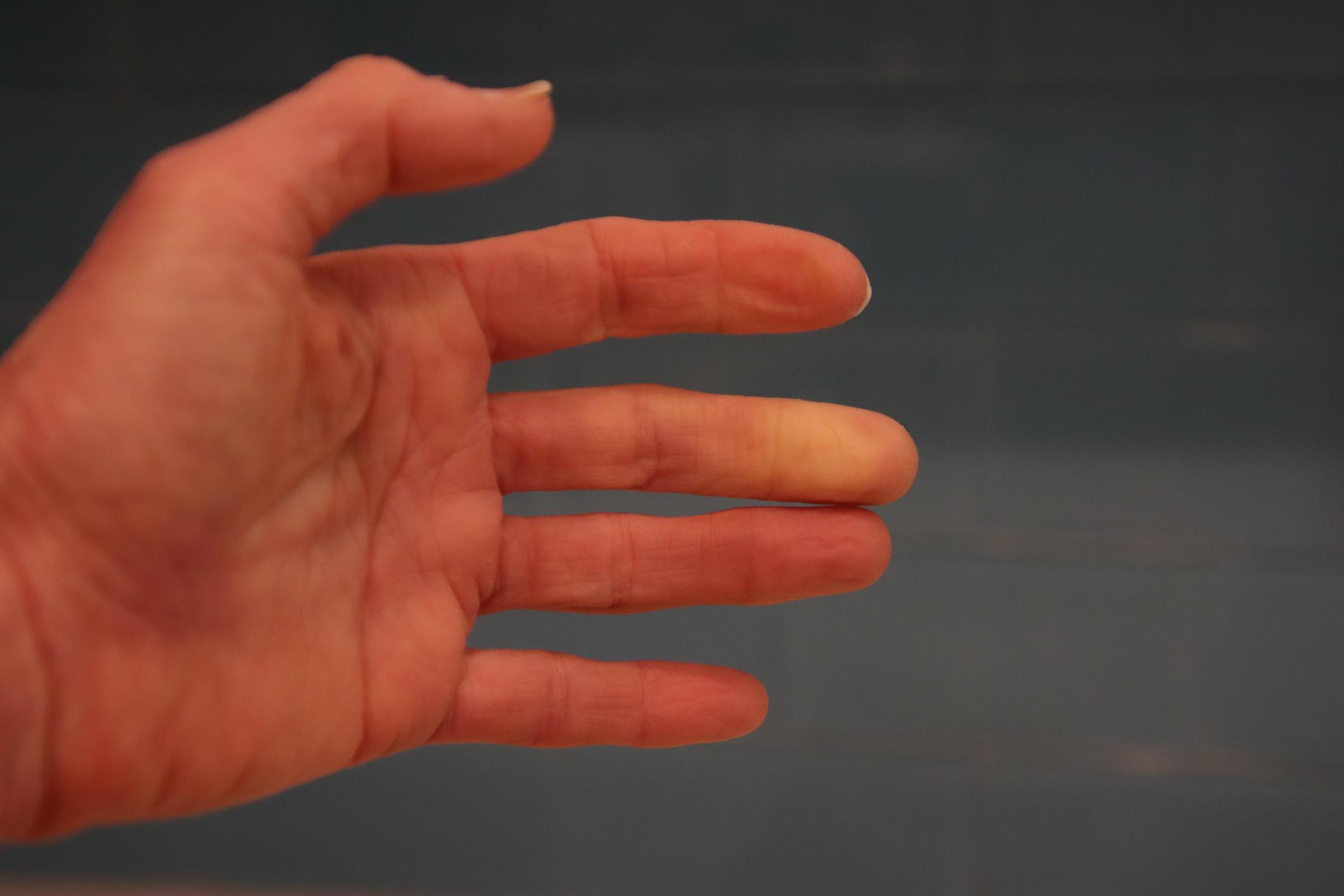The position in which responders place the two defibrillator electrodes on the body can make a significant difference in the return of spontaneous blood flow after an electrical shock caused by the device.
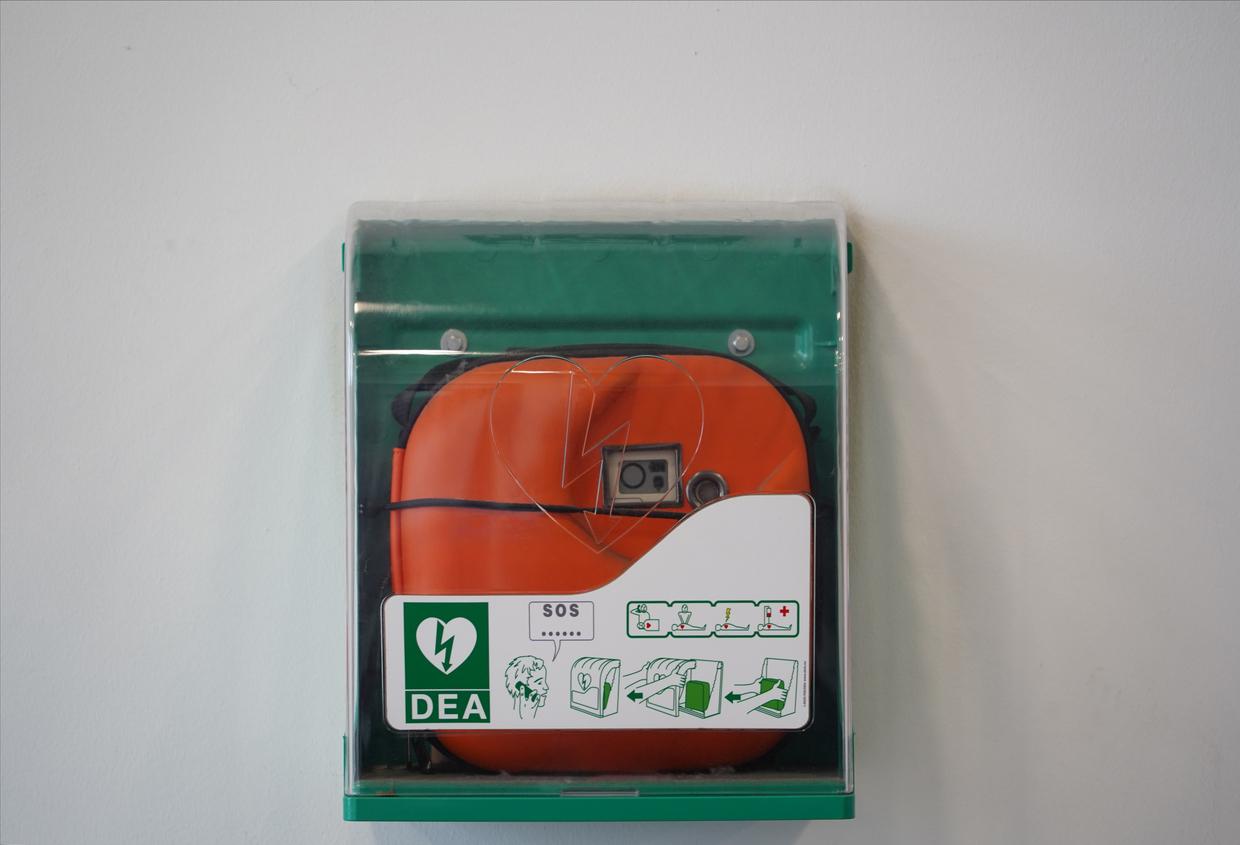
- In the event of cardiac arrest, responders use a defibrillator and opt for the traditional anterolateral (AL) position, that is to say placing the electrodes on the front and side of the patient.
- However, the “antero-posterior (AP) position”, i.e. one electrode on the front of the chest and one on the back, increases twice the chances of restoring spontaneous blood circulation.
- This method of using the defibrillator “can effectively ‘sandwich’ the heart, increasing the possibility that electrical current will be delivered more completely to the organ.”
What is the optimal position of defibrillation electrodes in patients with out-of-hospital cardiac arrest? This is the question asked by researchers at Oregon Health & Science University. To answer this, they conducted a study in which they examined data from the Portland Cardiac Arrest Epidemiologic Registry, which comprehensively recorded the placement position of defibrillation electrodes from July 1, 2019 to June 30, 2023.
Defibrillator: 2 times more likely to restore blood circulation with the “antero-posterior position”
At the end of this analysis, the team identified 255 people who had suffered a cardiac arrest who were managed with a defibrillator, the two electrodes of which were placed either in the front and on the side, or at the front and rear. Then they focused on the return of spontaneous circulation at all times with secondary outcomes of pulse present on arrival to the emergency room, survival during hospitalization, functional survival on discharge from the health facility .
According to the results, published in the journal JAMA Network Openplacing the electrodes in the “antero-posterior (AP) position”, that is to say one electrode on the front of the chest and one on the back, was 2.64 times more likely to restore a spontaneous blood circulation, compared to the “traditional anterolateral (AL) position”, i.e. placing the electrodes on the front and side of the person. On the other hand, there was no big difference for the secondary results.
Cardiac arrest: “the most important thing is to deliver the electric current as quickly as possible”
“The key is that energy flows from one electrode to the other through the heart. Placing the electrodes front and back can effectively ‘sandwich’ the heart, increasing the possibility of the electrical current being delivered more completely to the organ. However, this is not easily possible in many cases. For example, the patient may be overweight or positioned in such a way that they cannot. be easily moved. While emergency medical responders can often do this, the general public may not be able to move a person. The most important thing is to deliver electrical power as quickly as possible. explained Mohamud Dayalead author of the research.
Although this work is observational and not a definitive clinical trial, the researchers say that healthcare professionals now know that it is beneficial to place the electrodes front and back rather than front and back. the side.








